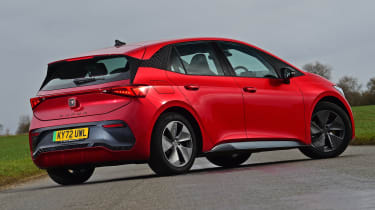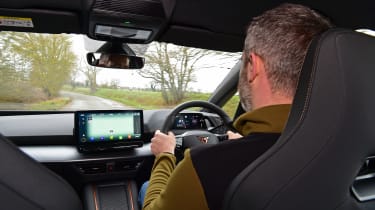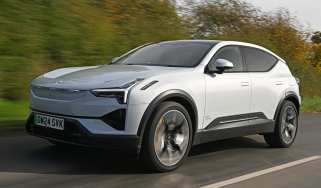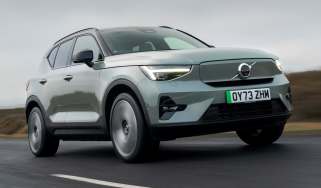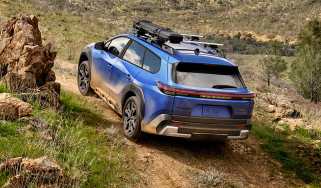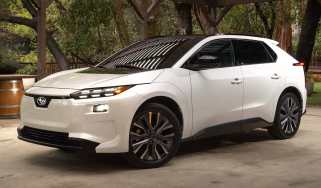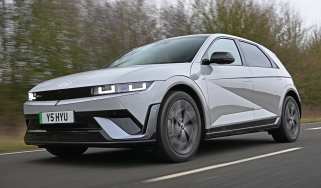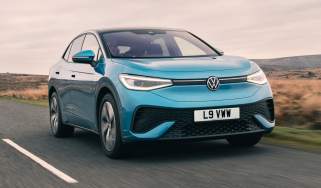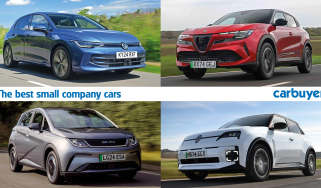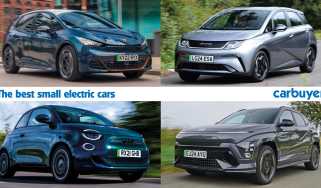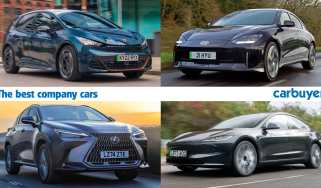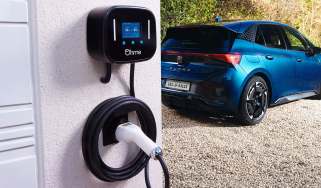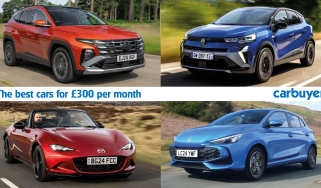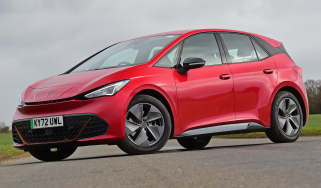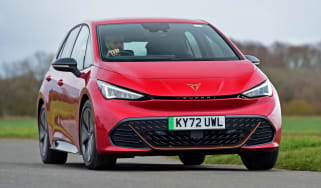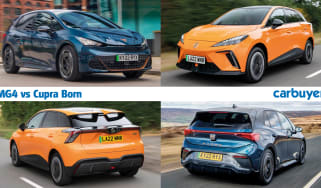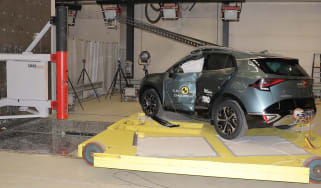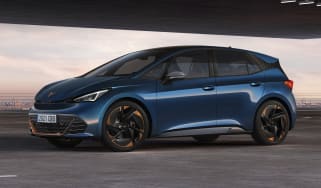Cupra Born review – a good-value and fun electric hatchback
"The Cupra Born is effectively a sportier, more distinctive version of the Volkswagen ID.3"
Pros
- Good to drive
- Stylish design
- Respectable range
Cons
- No frunk
- Some cheap trim
- Frustrating controls
Verdict – is the Cupra Born a good car?
It’s certainly better than the Volkswagen ID.3 on which it is based. In fact, the electric Cupra Born trumps its pricier electric sibling in almost every area. It’s good to drive, without feeling too uncomfortable, plus with a selection of battery and electric motor options there’s plenty of choice. All versions come loaded with standard equipment – even in basic V1 guise – and the interior feels plusher and more upmarket than its German counterpart. Pick the Born VZ and it’s also an impressive electric hot hatch.
Cupra Born models, specs and alternatives
The Cupra Born was the first all-electric model from the sporty offshoot of SEAT, which has now been joined by the larger Cupra Tavascan. Sharing its platform with the Volkswagen ID.3, the Born is intended as an electric car ‘with attitude’ that aims to take on everything from the Tesla Model 3 and Polestar 2 to smaller, plusher, but still fun-to-drive models like the MINI Cooper.
 The longest-range electric cars in 2025
The longest-range electric cars in 2025
The Born sits alongside the petrol and hybrid-powered Cupra Leon, which itself rivals Volkswagen Golf-sized family cars like the BMW 1 Series and Audi A3. The Cupra range currently includes the Formentor and Ateca SUVs, though further electric models are planned in the near future.
Design-wise, the Born has more flair and feels less clinical than the ID.3 by comparison, and while it was also cheaper for a while, entry-level versions of the ID.3 now undercut the Born by around £4,000. Features like copper accents, dramatic LED lighting and 20-inch aerodynamic alloy wheels on top-spec models add some cool to the eco-credentials of electric motoring. Inside, a central display and digital instruments are just as crisp, and the software is marginally better to use than the VW's, even if frustrating touch-sensitive temperature and volume sliders are shared between the two cars.
Three versions of the Born are offered: V1, V2 and V3, while a high-performance VZ does a good job of transforming the Born into a guilt-free hot hatch. Basic models represent the best value for money – but don’t scrimp on kit. You get 18-inch wheels, LED lights front and rear, plus a 12-inch infotainment screen and digital instrument cluster. V2 brings bigger wheels, a head-up display and heated seats, while the V3 gets suede-effect upholstery and a massage function for the seats, plus those aforementioned 20-inch rims.
First confirmed at the Munich Motor Show in September 2023, the Cupra Born VZ gets an impressive 321bhp from its rear-mounted electric motor, while enhanced suspension, brakes and a sporty makeover help it stand out for keen drivers. It’s an impressive transformation that gives the Born VZ the ability to transform from a comfortable daily driver into a surprisingly fun performance car, making it the most desirable Born of the bunch.
Most buyers are likely to choose the 58kWh battery and 201bhp motor, which is the only option on the entry-level Cupra Born V1. Step up to V2 and you can spec the ‘e-Boost’ function, which brings an extra 30bhp and a faster 0-62mph time of 6.6 seconds (versus 7.3 in the standard car). V2 and V3 cars are also available with a larger 77kWh battery, boosting range from around 264 miles up to 335 miles, while the VZ gets a 79kWh capacity for a range of up to 372 miles.
Charging speeds of 125kW, 135kW and 185kW for the 58kWh, 77kWh and 79kWh batteries respectively mean a public charge from 10-80% can be achieved in as little as half an hour or so, while a home charge from a 7kW wallbox is possible overnight.
Which Is Best?
Cheapest
- Name170kW e-Boost V1 59kWh 5dr Auto
- Gearbox typeAuto
- RRP£35,680
Most Economical
- Name170kW e-Boost V1 79kWh 5dr Auto
- Gearbox typeAuto
- RRP£36,985
Fastest
- Name240kW e-Boost VZ 79kWh 5dr Auto
- Gearbox typeAuto
- RRP£44,810
